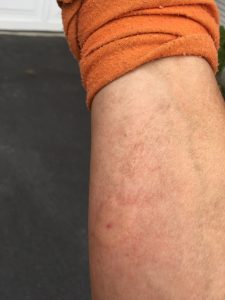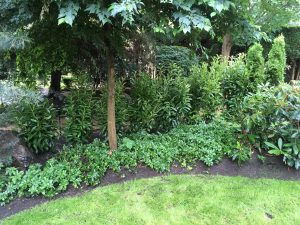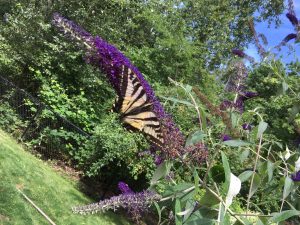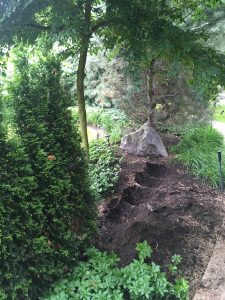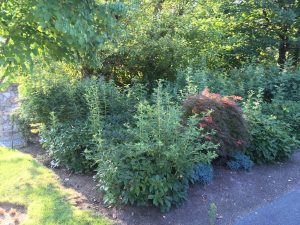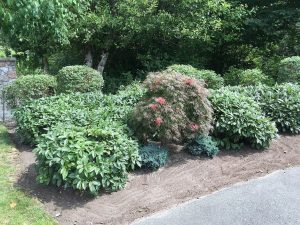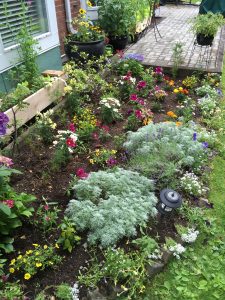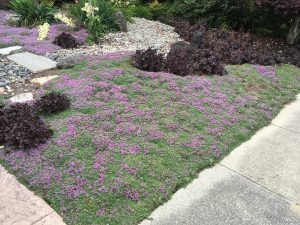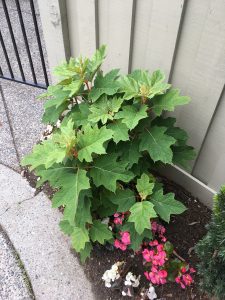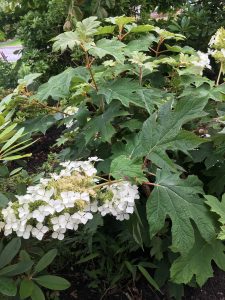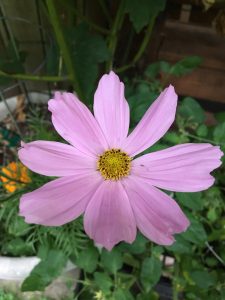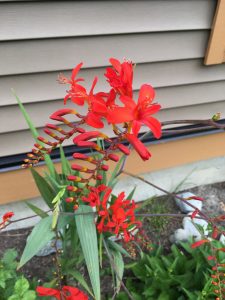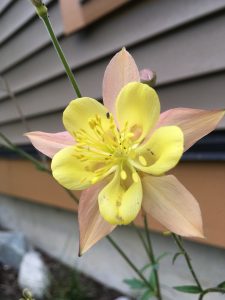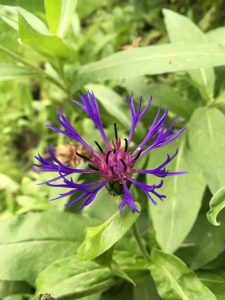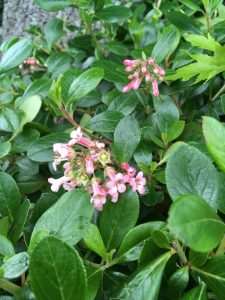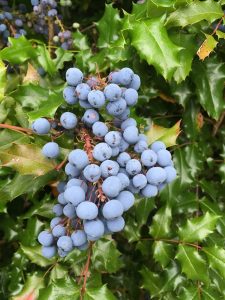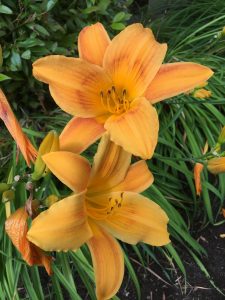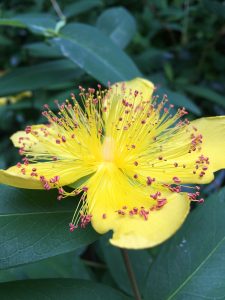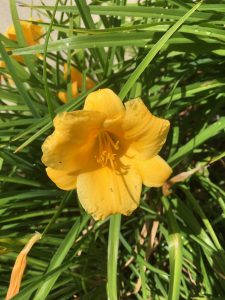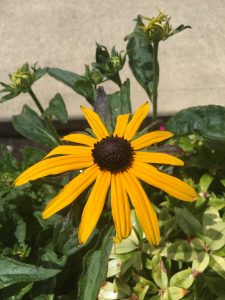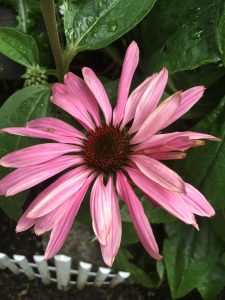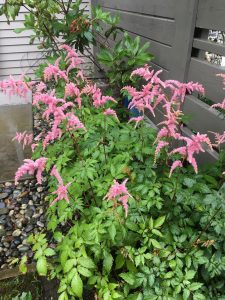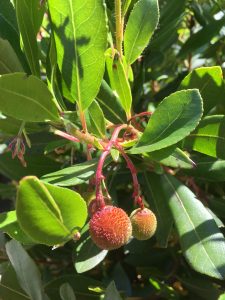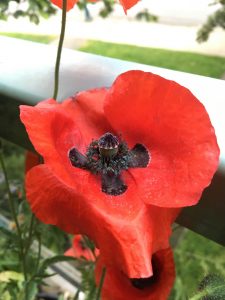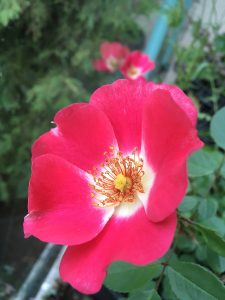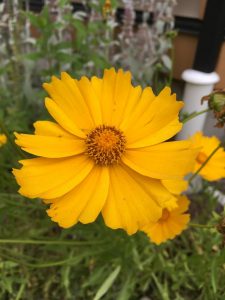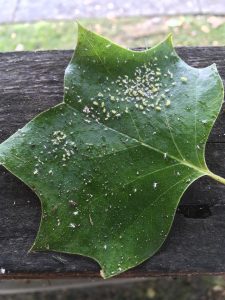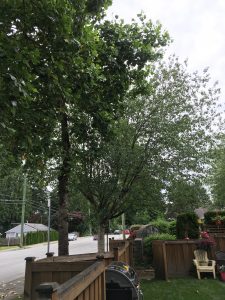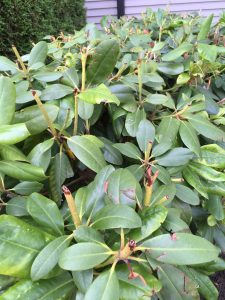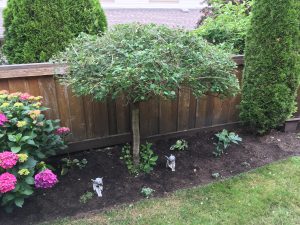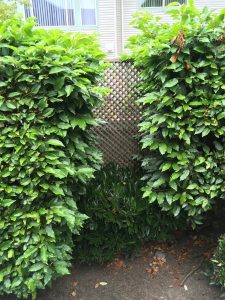Life is never perfect. It will throw you some curves once in a while. I was thinking about this last week while planting fastigiate cherry laurels at a beautiful city site.
It was a perfect sunny morning and the site was nicely flushed out in new green foliage. One added bonus was that I had eight specimens of Prunus laurocerasus Genolia to plant. I had never planted this fastigiate species.
Broken body
And yet my body was slightly broken. It was almost comical. My right arm was swollen from a wasp sting earlier in the week; my left upper arm was swollen from a tetanus shot and my right shin still had stitches in it from a mid-week pruning accident. I was extremely happy to take my son to his Friday night soccer tournament, buy coffee at Starbucks and just watch.
Stinging insects
It’s almost impossible to avoid stinging insects when you spend your whole day in the landscape. I was raking up debris after pruning shrubs and, since the leaves were stuck in rocks, I had to use my hands for the final step. And that’s when a nasty wasp sting alerted me to a nest inside wooden steps. That was on Monday.
By Wednesday my arm was nicely swollen and itchy.
And that’s when I started pruning in tight backyards. The only way to access the shrubs was to step on metal grates which separate the houses from the shrubs.
Now, I have some field experience so I visually inspected the grates before stepping on them. Then I got cocky and fully concentrated on pruning.
Bam, the metal grate slipped out from the house side and I plummeted 3-4′ straight down. Luckily, the extendable shears kept the blades away from me.
Unfortunately, as I went straight down my shin hit the edge and created a nasty puncture wound. So, I drove myself to emergency and now I’m recovering. The gash is healing but the shin is sore so planting cherry laurels wasn’t as much fun as it usually is. Planting requires dropping to my knees and using a shovel. I managed.
It’s a long season in the field for landscape professionals. You can expect to work in all kinds of weather and don’t be surprised if one of your weeks goes sideways. But I’m sure you’ll manage.


